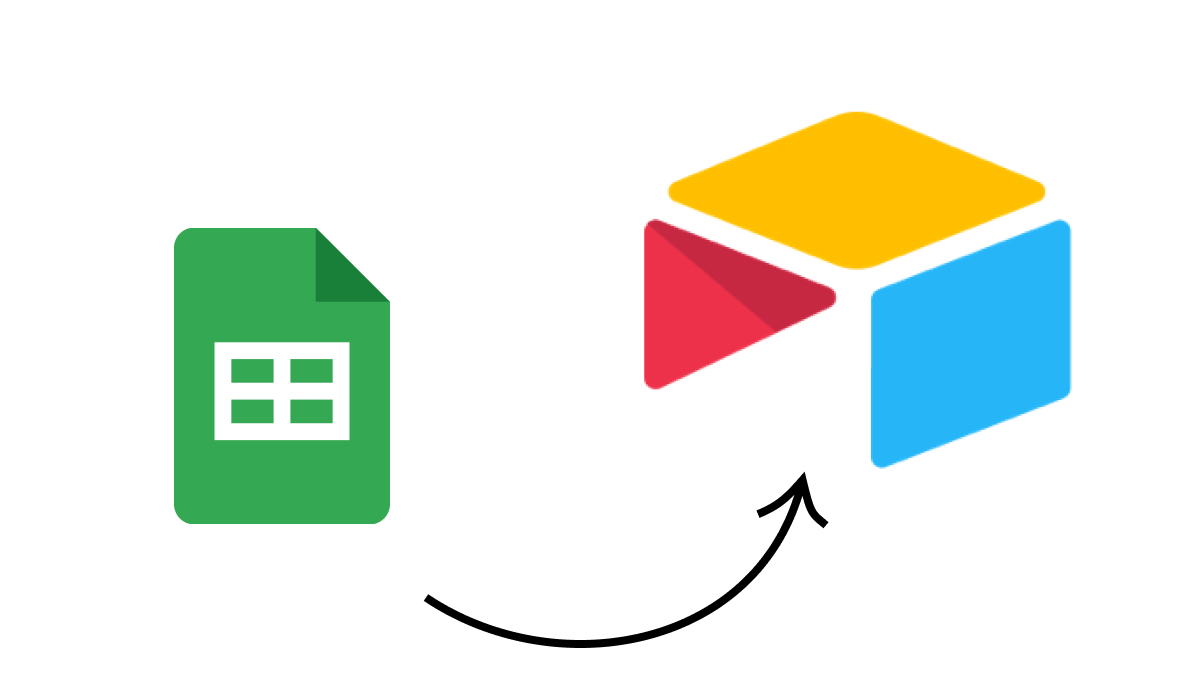How Different Technologies Contribute to Project Duration
No-code/low-code automation is a discipline that covers a wide range of technologies and applications. Some low-code projects may only take weeks to build, while others could take months. In this post, we'll explain how different factors influence the complexity of an automation project, and how that in turn influences the project's timeline.
November 12, 2021

Not all automations are the same. A term like “no-code/low-code” actually covers an extremely wide range of solutions with varying levels of technical complexity. As you might expect, more complex automations will often take longer to build, test, and implement, so it’s important to understand what contributes to an automation’s complexity when you’re working with a company like XRay to automate your workflows.
In this post, we’ll take a look at a few different approaches to automation and explain how they affect build time, test time, and refinement time.
While we certainly don’t want to push you away from choosing a more complicated solution if that’s what your circumstances truly call for, we do want our members (or anyone considering working with XRay) to understand that choosing a more technologically complex option will cause a longer build time.
100% No-code: Low Complexity
100% no-code solutions sit at the lowest end of the complexity scale.
When we say that a solution is “100% no-code”, that means that every automated action is natively supported by an automation platform like Zapier, Integromat, or Unito. Every trigger, action, or sync can be selected and configured from the platform’s UI.
To find out if your planned automation would be fully no-code or not, just head over to XRay.Tools and search for the apps that you want to automate. For instance, let’s say you want to make an automation that sends a Slack message to your sales team whenever a new email is sent to sales@yourcompany.com. We can search GMail and Slack to see that they’re both supported by Zapier, so we’re off to a good start.

If we click on each app for more detail, we can see that the GMail trigger we want is there (“New email”), as well as the Slack action (“Send channel message”), so we know that this can be built as 100% no-code solution.


A fully no-code solution will be quick to build, test, and refine, as we can set up actions and reconfigure settings without having to rewrite code. No-code projects will typically be delivered within a span of 2-3 weeks, although more elaborate projects that support larger teams with several different user paths could take longer.
No-code solutions are a great way to launch and test an idea. You can quickly prove a concept you’ve been considering, and determine where you need to tweak things to make it work better. If you’re new to using automated workflows, no-code is often the best place to start.
API Calls: Moderate Complexity
Starting from a no-code base, adding in API calls dials up the complexity a bit.
An API call (API = Application programming interface) is a method of sending a request to an application to get some specific data, or issuing a command to make the application perform a certain action.
Basically, API calls let programmers interact with one application to use some of its data in another application or automation.
In some cases, you’ll find that the application you want to use is supported on Zapier or Integromat, but that it doesn’t have all the right data and actions for the workflow you wanted to build. This is when we would need to use an API call to enhance the native functionality of the automation platform and get you the data you need.
An API call generally just consists of a few lines of code, but it still requires some coding experience to set it up correctly and efficiently. If your project involves API calls, it will generally take a bit longer to build and refine, as our techs will need to consult the API documentation for your specific application and study its requirements. However, testing time will remain fast, as we’d still be running the automation through a convenient platform like Integromat or Zapier.
Custom Integrations: High Complexity
If the apps you want to automate aren’t supported by Zapier or Integromat at all, or if the available integrations don’t support the actions you wanted to include, we’ll need to build a custom integration for you.
A custom integration will look and behave like a native integration, but our team of technicians will have to configure all of the triggers, actions, and fields from scratch before we can start using it. Once it’s built, it will only be available to you on your Integromat or Zapier account.
We’ll often need to build custom integrations if your workflow involves a niche application with a relatively small user base, or if the action you want to take isn’t supported by the platform.
For example, we’ve built a custom Zoom integration in the past, because even though the app is supported on Zapier, it doesn’t include an option to delete videos from cloud storage. To enable our clients to do that, we had to build a new Zoom integration.
Due to its higher complexity, this kind of custom work typically takes significantly longer to build and refine than a no-code automation or a low-code automation with API calls. Since we’d still mostly be working within automation platforms, testing would still remain relatively quick.
Low-Code Applications: Very High Complexity
In some cases, you may want to go beyond individual process automations and build a full low-code application.
A low-code application will look and function much like any other application you use every day, but it’s built with specialized low-code tools like Shinyapp or Bubble.
Compared with automated workflows, low-code applications give you more precise control over what users can (and can’t) do, and gather a wide range of features together into a single place through the app’s UI.
Even though platforms like Bubble and Shinyapp would let us build an application without needing a software engineer, we’d still need to go through an extensive design process before we would start assembling your app. We’d need to understand the user stories you want to accomplish, the experience you want to create, and the user interface that would support it all.
A low-code application will take longer to build, test, and refine than all the other project types we’ve discussed in this post, with projects lasting months rather than weeks. With the longer timeframe in mind, we recommend only pursuing a low-code application if you’ve already validated your ideas with a no-code/low-code solution first.
Building the solution that fits your needs
When you work with XRay, we’ll typically recommend the least complex solution that’s feasible for your circumstances. We can always iterate and add more elaborate features as we go, but getting an initial automation built quickly is usually the best way to start testing your ideas and finding opportunities for improvement.
Ultimately, your needs could fall into any of these categories, and our team can handle them all. We just want you to be aware that more complex features like custom integrations and applications will take longer to build so that you can plan accordingly.
If you’d like to learn more about XRay and how we help people to reclaim their time with automated workflows, check out our blog or our YouTube channel. You can also follow XRay on Twitter, Facebook, or LinkedIn.












